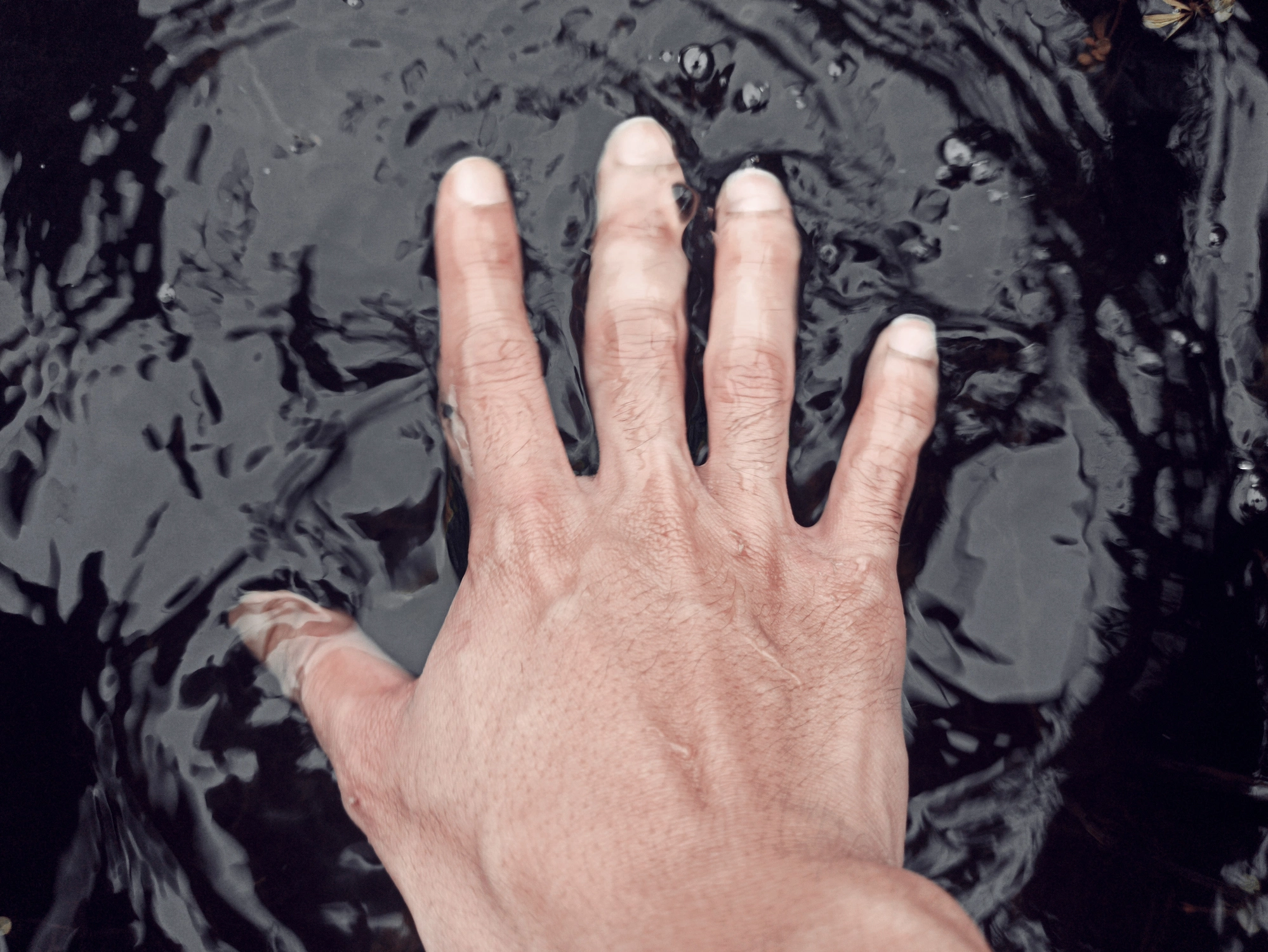Virtual water is the quantity of water that is used indirectly for producing goods and services. It refers to “hidden” water which is used over the different stages of manufacturing and during the transport of products, from agriculture to industry, right up to the end consumer. The idea of virtual water is particularly relevant to discussions about the distribution and use of water across the globe, as it helps us to get a clearer sense of the actual costs of water for consumer goods and to support our lifestyles.

Virtual water: concealed consumption
Scroll to explore
Water is one of the most important resources on our planet, playing a vital role to ensure that people, animals and plants can survive and indeed thrive. We are often not aware of the amount of water we are actually consuming, and how much of it is needed to manufacture products we use of a daily basis. That is where the term “virtual water” comes into play.
3 min